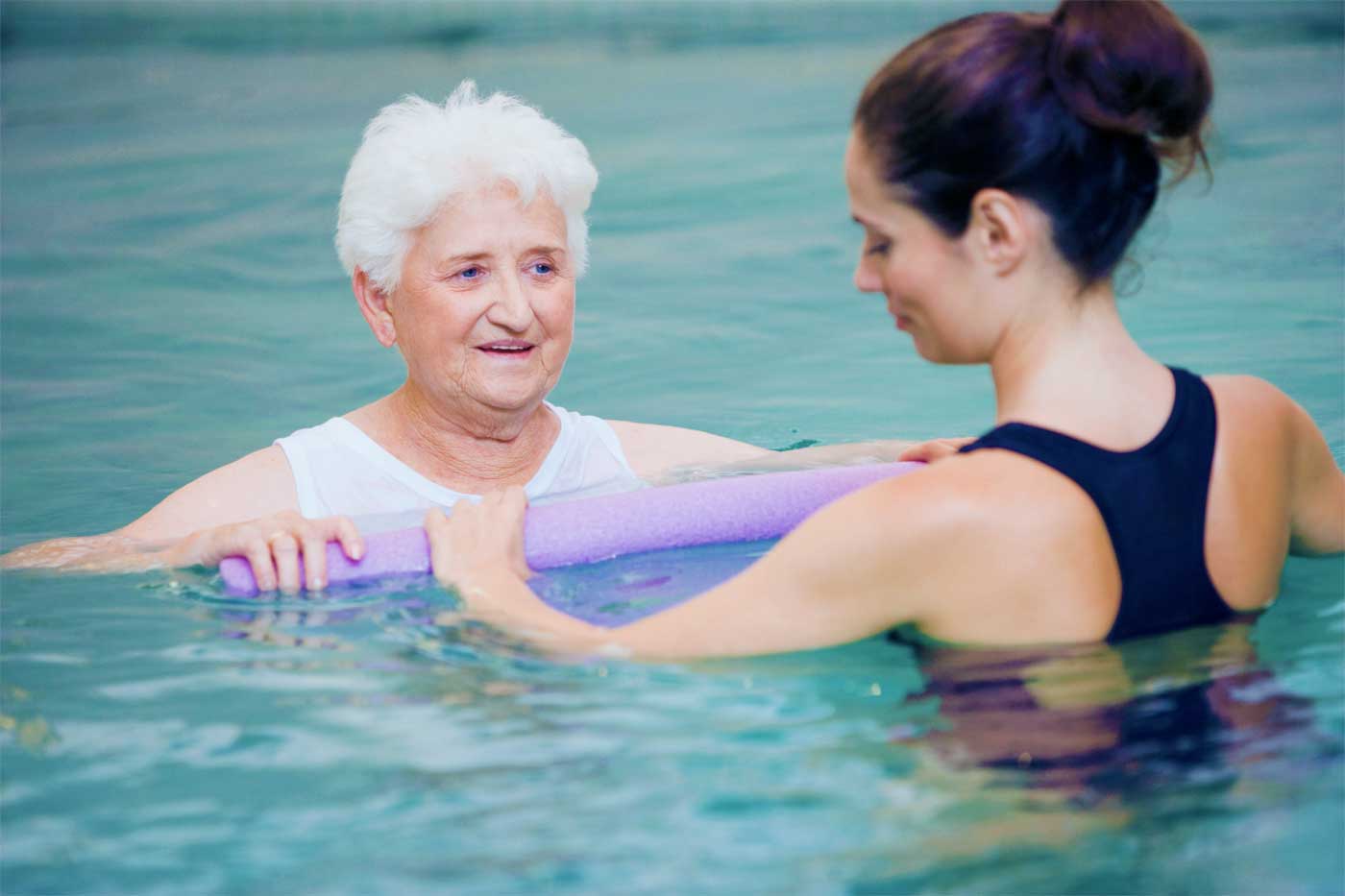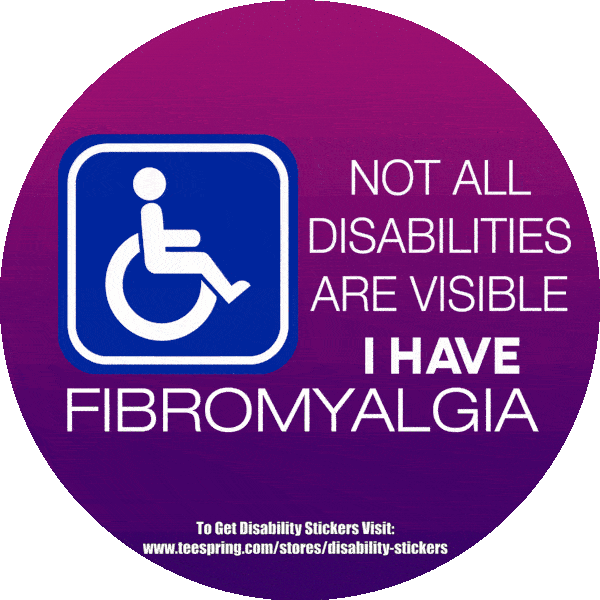Water exercise helps people with fibromyalgia feel less pain, sleep better, move more easily, and generally feel more positive about life. If there was a pill that promised all that, it would fly off pharmacy shelves, so consider signing up for water aerobics and start enjoying the benefits of aquatic therapy.
Exercising in a warm pool offers multiple benefits for people with fibromyalgia who avoid traditional land-based physical activity because it is too painful. Water workouts can improve overall fitness while putting less stress on the body.
When you have fibromyalgia, exercise is a double-edged sword, it can make you feel better, but it can also make you feel worse. If you suffer from fatigue and chronic muscle pain, water exercise can be the fibromyalgia medicine you have been looking for. If you have the means to have a certified aqua fitness trainer come to your home to train you I highly recommend it. You will learn different routines and will be able to pick and choose which ones work best for your chronic muscle pain.
Pool therapy and fibromyalgia
If you can’t exercise because of obesity, water therapy is a good place to start, Warm water can be very comforting. The exercise gets blood flow to muscles and tendons. And if you’re in the water, your joints are not being stressed during exercise.” Also, water offers resistance, which helps muscles get stronger. The individual’s body is supported by the water, reducing the chance of injury from losing one’s balance. At the same time, the pressure of the water boosts heart and lung strength and enhances blood flow.
A warm-water pool is good for therapy because cold water can make muscles tense up. It’s especially important in FMS because many people with the condition are intolerant of cold. A warm-water pool is one that’s kept around 89.6 degrees Fahrenheit (32 Celsius), which is several degrees warmer than most heated pools. Pool therapy is not the soothing experience of soaking in a hot tub or bath. Pool exercising is strenuous, the harder you work your muscles in the water (up to a reasonable point), the better you will feel later.
Pool exercises always include swimming or paddle surfing at the beach. This form of training accomplishes two things, First it keeps your muscles and joints guessing. That is needed since our muscles are very adaptive to our training methods. Meaning your body will begin to adapt to whatever exercises you are doing forcing you to enhance your training to get the same results, Secondly this kind of fitness training keeps it fun. I spent many years forcing myself into a boring gym, doing the same boring exercises and wasted away too much time.
If you want to give this message to the world, then let all together wear .
Click Here to Get This T-Shirt
In addition, buoyancy helps fibro sufferers to avoid jarring movements, as well as giving an expanded range of motion. The other major benefit of swimming is that it is great for all fitness levels and you can set yourself a pace that you feel comfortable with. Doris Cope, MD, Director of Pain Management at the University of Pittsburgh Medical Center advises that: “warm water can be very comforting.
The exercise gets blood flow to muscles and tendons. And if you’re in the water, your joints are not being stressed during exercise.” The magic quality of water that may help reduce your pain lies in the overall physical sensation of being in water. Basically, water stimulates your body’s senses in a way that may actually stop it from feeling pain as intensely. People usually stand in the water, rather than swim to perform the exercises. It is not necessary to know how to swim to participate. Water walking, leg lifts, and stretches are common moves.
Also Read: Epsom Salt Bath for Fibro Pain Relief
Flotation devices and ankle weights are often used to adjust the amount of buoyancy. Pools used mainly for swimming are typically not as warm as pools used for water exercises or hydrotherapy. Those who find swimming in warmer pools more helpful are advised to ask about the water temperature in advance.
Pool exercises are easy to learn, and you can make up new exercises as you go along. Instead of numerous, tricky steps for every procedure, you are simply pushing water in various directions. Our arms and legs are a marvel of functionality pivoting and bending at shoulder, elbow, wrist, hip, knee, and ankle. You will have plenty of ideas for how to put your muscles to work. The great thing about water exercise classes is that you don’t need to be a super confident swimmer to take part. Whilst in some classes you bob in deep water (with foam belt or life jacket), in others you work out in shallow water with your head completely above water.
Studies from Spain indicate that water aerobics improves quality of life for women with fibromyalgia pain in the long-term. In one 12-week study, women who exercised in warm water for 60 minutes, 3 times a week reported improved physical and mental well-being. They also had less fibromyalgia pain and more vitality. As for their state of mind, they reported feeling less depressed, and more sociable. Warm water is especially soothing. It also helps your muscles and tissues stretch, making movement easier.
Swimming can be a relaxing form of exercise, but like other forms of physical activity, it is important to increase the amount of exercise gradually. People with fibromyalgia often do not to feel the effects of overexertion until the next day, making it important to introduce swimming gradually, especially in the first few sessions.
Related Article:
Warm Water Exercises for Fibromyalgia Pain Relief
References:
- Water Workouts Ease Fibromyalgia Pain By Naomi Feuer, MD via Arthritis Health
- Warm Water Exercise for Fibromyalgia By Adrienne Dellwo via Very Well
For support and Discussion join the group “Living with Fibromyalgia and Chronic Illness”
Subscribe to our website for Email notification of our new Posts. Like and Follow us on Facebook. Swipe Left to Read more on Fibromyalgia or Click Here …


